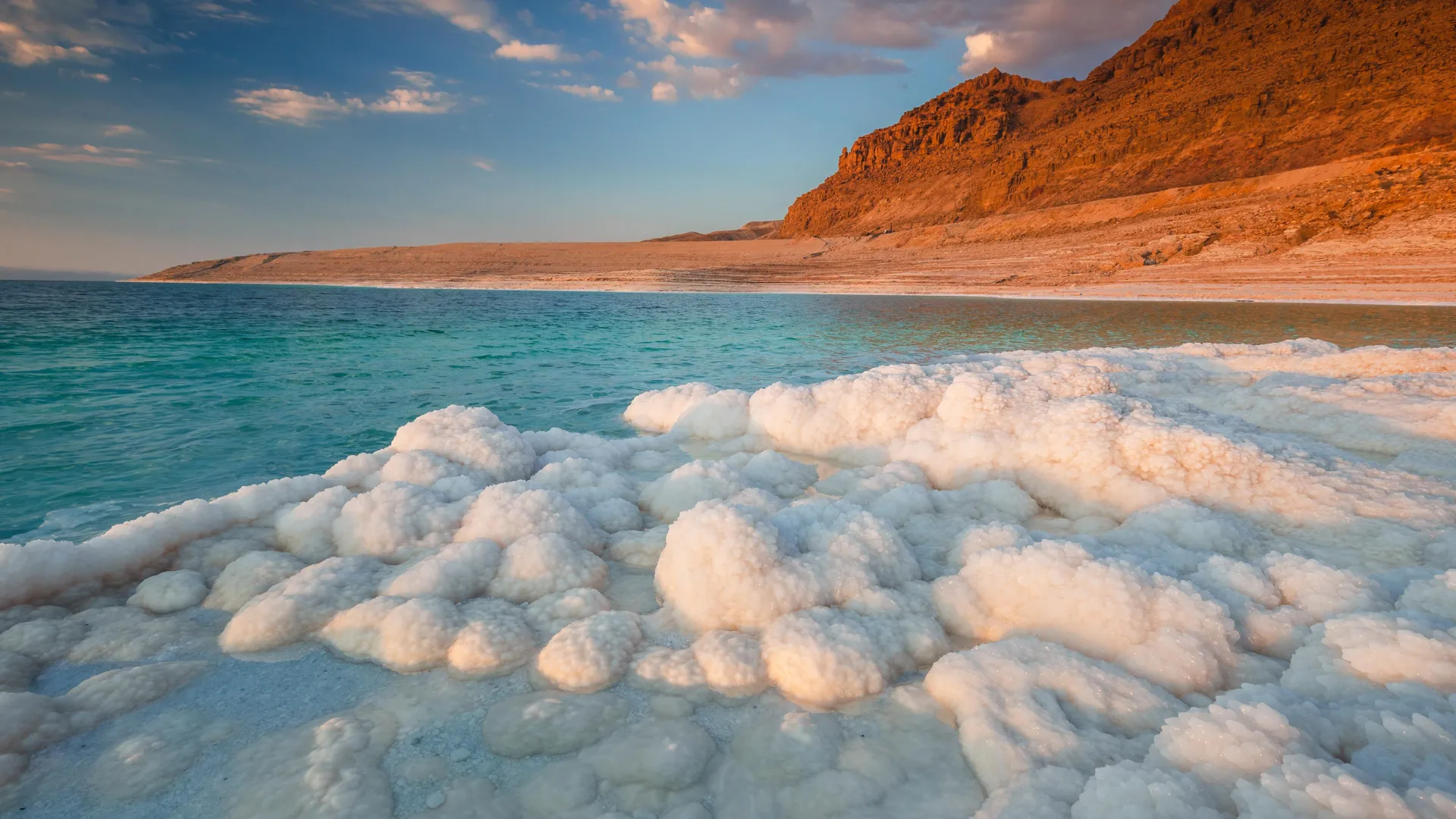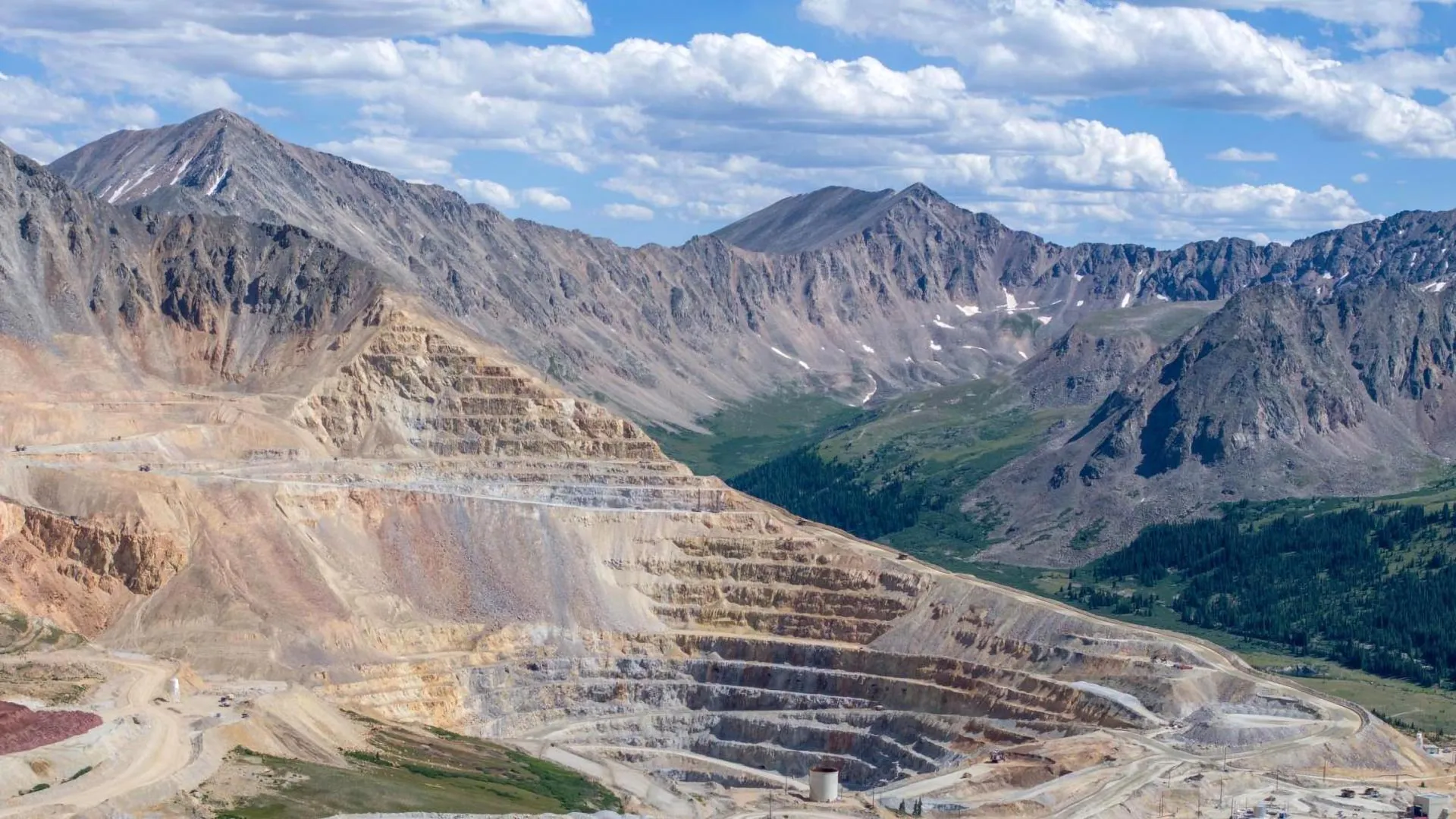Now Reading: Scientists Uncover Massive Salt Structures Beneath Dead Sea
-
01
Scientists Uncover Massive Salt Structures Beneath Dead Sea
Scientists Uncover Massive Salt Structures Beneath Dead Sea

Fast Summary
- The Dead Sea, the lowest point on Earth’s surface, features one of the highest salinities and serves as a unique natural laboratory for studying salt formation.
- Large-scale salt deposits, or “salt giants,” found in the Earth’s crust extend horizontally for kilometers and vertically up to a kilometer. These are rare phenomena observable today only in the Dead Sea.
- A paper led by Professor Eckart Meiburg (UC Santa Barbara) highlights evaporation, temperature differences, and density changes as key factors influencing these formations.
- Historically “meromictic,” meaning it had stable layers based on temperature and salinity, the Dead Sea became “holomictic” in the 1980s due to reduced freshwater inflows from Jordan River diversions coupled with high evaporation rates-transforming seasonal water mixing patterns annually.
- the researchers documented processes like halite crystal precipitation (“salt snow”) that occur year-round but peak during winters due to dynamic interactions within water layers caused by temperature shifts and double diffusion effects.
- Insights into these processes may aid understanding of arid coastal erosion under sea level changes or identify new opportunities for resource extraction related to hypersaline settings.
Indian Opinion Analysis
the findings about salt giants in the Dead Sea offer valuable scientific insights with broader implications globally, including potential relevance to India’s geography and environmental management challenges. India faces similar concerns regarding hypersaline inland lakes like Sambhar Lake in Rajasthan-where water resource diversion poses risks of ecosystem alterations akin to what occurred at Jordan River inflows into the Dead Sea.
Researchers examining such phenomena could contribute indirectly toward strategies addressing local saline body dynamics or support innovations mitigating coastal erosion under rising sea levels-a critical issue also impacting India’s expansive coastline.
The study underscores how intricate natural systems are influenced heavily by human interventions like damming rivers-which can lead Indian policymakers to reconsider balancing developmental progress with ecological stability systematically over time

























